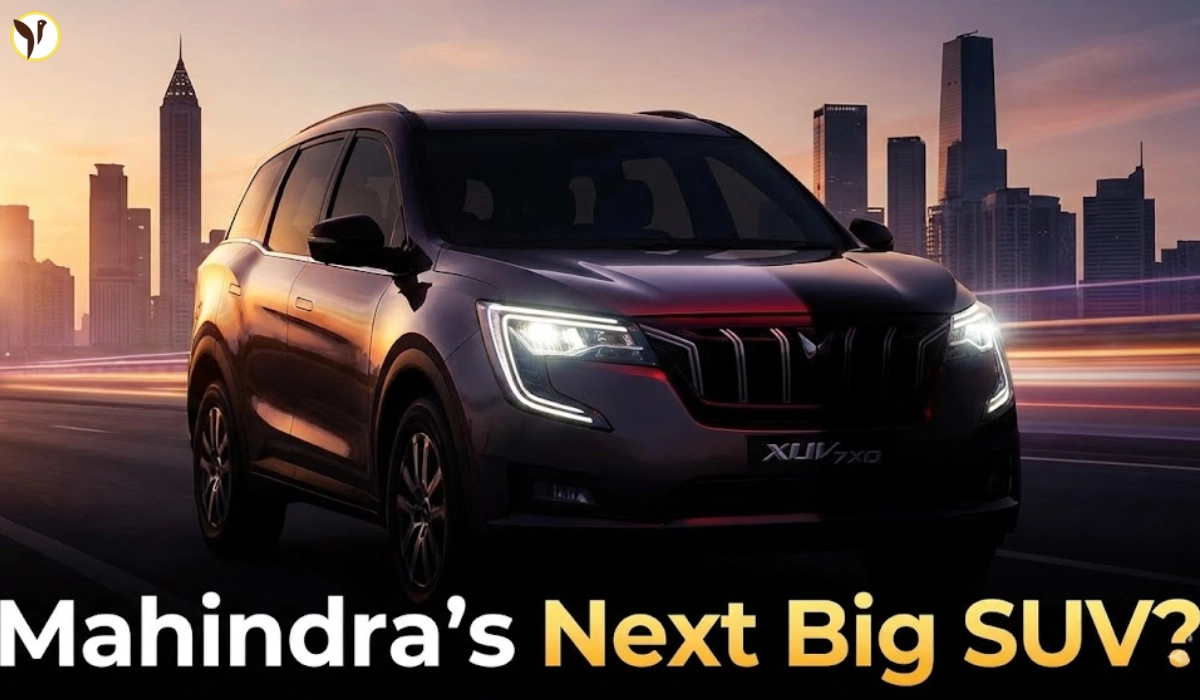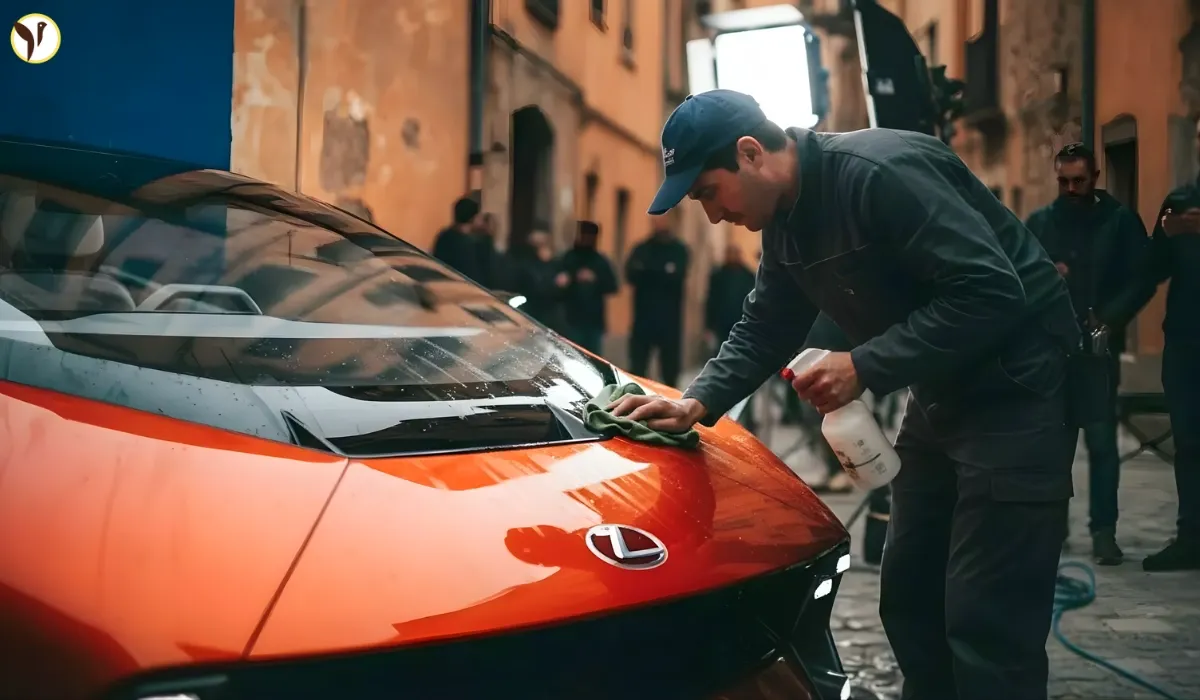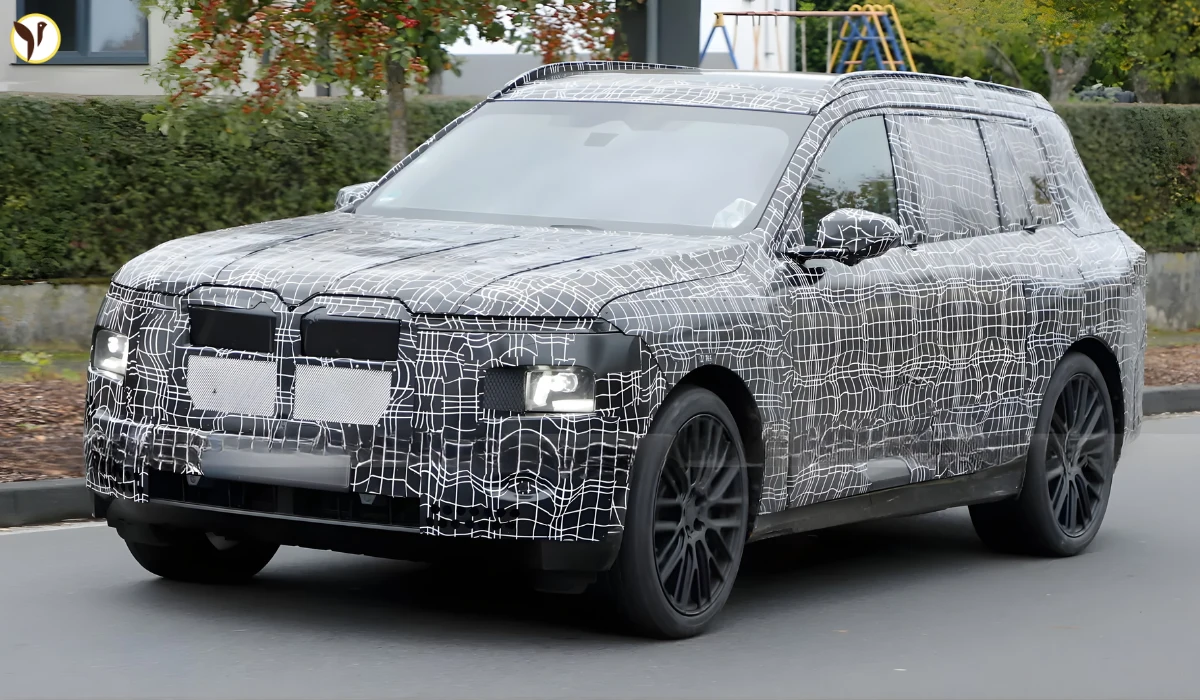Picture rolling into an electric vehicle charging spot, and swapping your expired battery in a matter of minutes, and you are off and running- just like refueling with gasoline. This is the promise from a new battery-swapping hatchback that looks to compete with the Mini and the Fiat hatchback and is based on everything from the former Free Electric Canada to China's Nio Firefly. Built on a compact platform, the 42.1 kWh swappable LFP battery will feature around 141 hp and an expected over 200-miles real-world range. The product is designed to provide value and convenience, small enough for city life, but big enough for you to feel it is solid. With battery packs swapping like hot pizza delivery and consumer directing their energy replenishment in under five minutes, there is no longer a need to wait tiled the EV is charged. This without becoming another one-size fits all product, and for Americans living in cities that need an EV as their second car, it is a welcome breath of fresh air to the norm.
How It Works: Convenience Meets Tech and Emotion
Walk up to a designated swap station and a robot will replace your depleted battery with a fully charged one within minutes . There will be no fast chargers required - just a quick technician-free swap. The swappable modules are purposefully small and compatible with all vehicle formats, enabling subscription models that let users rapidly scale battery capacities up or down based on needs. It is a flexible model: city users retain a small pack for daily errands, and infrequent long-trippers can borrow a larger pack. For Fiat and Mini buyers with a penchant for customization and simplification, this EV could provide a more personalized upgrade—smart, simple, and sentimentally freeing for anyone who has waited long enough in front of charging stations or felt range anxiety.

Why Fiat and Mini Should Worry—and What This Means for the U.S. Market
Fiat and Mini have made names for themselves with fun, stylish hatchbacks that turn city living into an adventure—but charging downtime is a challenge. A battery-swapping service negates that downside, providing customers with a recognizable body style augmented by a service element that offers convenience and reliability. In facing the image of smaller EVs being considered slow, the company's swap system provides both flexibility and confidence—pure emotional wins. Plus, the fact that adoption is taking hold in Europe and China reinforces that there is demand. If the system builds momentum and our cities catch on, we could see a rapid route to broad acceptance of EV adoption. Incredibly, municipal implementation in cities can be retrofitted by automakers to build this technology to a line of hotel-style electric vehicles, and the benefits of making improvements on the existing vehicle infrastructure creates access at lower cost for a high-yield improvement in urban mobility. And emotionally; think about it: "I get to avoid the ‘Uh-oh, I’m low on charge’ situation; instead, I’m able to hop on the city bike-share to hit — I’ll just go to the swap and go."

Specification Table: Swapping EV Hatchback Prototype
| Feature | Details |
| Platform | Subcompact hatchback (e.g. Nio Firefly platform) |
| Battery | 42.1 kWh swappable LFP module |
| Powertrain | ~141 hp rear-wheel-drive electric motor |
| Range | Around 205 mi (CLTC); likely ~150 mi EPA |
| Swap Time | Approximately 3–5 minutes per module |
| Swap Technology | Fully-automated robotic stations; modular battery subscription possible |
| Initial Use | Europe and China; targeting Fiat and Mini EV segment |
| U.S. Arrival | TBD – depends on infrastructure and partnership with local swap provider |
| Emotional Benefits | Reduces range anxiety; increases flexibility and peace of mind |
Source(Image / Thumbnail): insideevs









